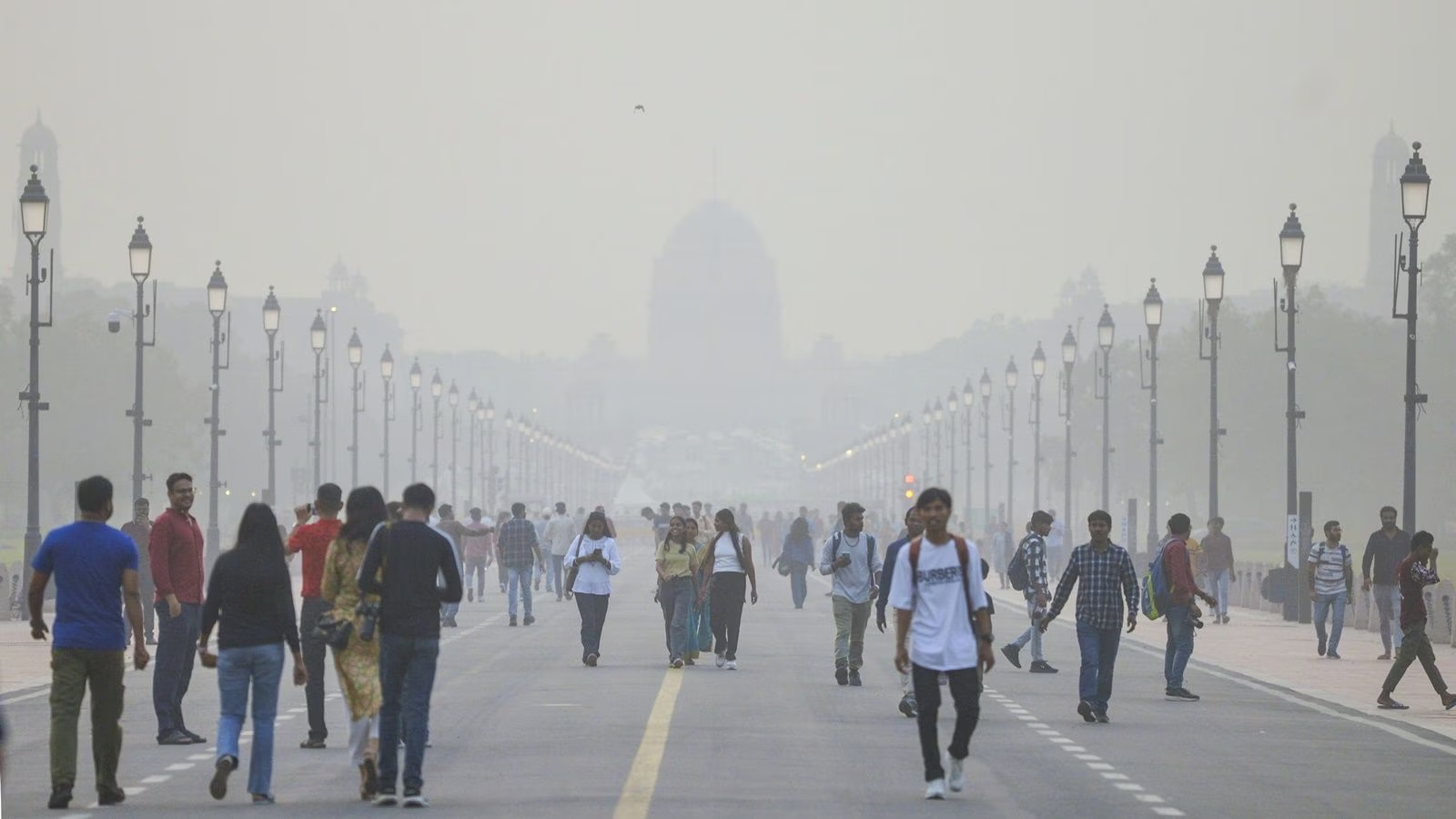The national capital is currently experiencing its most prolonged period of clean air this year, with the Air Quality Index (AQI) consistently remaining in the ‘satisfactory’ category for an unprecedented 12 consecutive days. This remarkable spell of improved air quality, significantly aided by recent rainfall, offers a glimpse into the potential for a healthier urban environment and underscores the critical interplay between meteorological conditions and ongoing efforts towards building zero net carbon, eco-friendly, and equitable cities.
As of Monday, the Central Pollution Control Board (CPCB) reported an AQI of 85 at 4 PM, maintaining a level below 100 since June 26, when it transitioned from a ‘moderate’ reading of 134. According to CPCB classifications, an AQI between 51 and 100 is considered ‘satisfactory,’ signifying minimal health impact. This sustained improvement provides a welcome respite for Delhi’s residents, who frequently contend with some of the highest pollution levels globally, and offers a tangible example of how environmental conditions can directly enhance urban livability and public health.
The recent spell of light to moderate rainfall across multiple areas of the capital has played a significant role in this environmental turnaround. Precipitation acts as a natural cleanser, washing away particulate matter and pollutants from the atmosphere, leading to a noticeable improvement in air clarity. While the maximum temperature on Monday hovered around 35 degrees Celsius, slightly above the seasonal average, the early morning showers contributed to a cooler ambiance and a relative humidity of 73 percent by late afternoon, creating more comfortable living conditions for the city’s diverse populace.
However, the visual of waterlogged roads and commuters navigating puddles under grey skies, as captured across various parts of the city, serves as a stark reminder of the persistent challenges in urban drainage infrastructure. While rain is a boon for air quality, inefficient stormwater management can lead to localised flooding, disrupting daily life and posing health hazards. This highlights the need for integrated urban planning that not only addresses air pollution but also builds resilient infrastructure capable of managing the environmental impacts of changing weather patterns, ensuring seamless mobility and public safety.
The India Meteorological Department (IMD) has issued a yellow alert for Tuesday, predicting continued light to moderate rain accompanied by thunderstorms, with temperatures expected to remain around 34 degrees Celsius maximum and 24 degrees Celsius minimum. This forecast suggests that Delhi’s air quality may continue to benefit from the cleansing effect of precipitation in the immediate future. While meteorological factors are undeniably influential, the sustained commitment to reducing anthropogenic emissions through policy interventions, green transport initiatives, and improved waste management remains paramount for achieving long-term, structural improvements in air quality.
The current clean air spell in Delhi offers a powerful narrative of hope and possibility for urban environmental health. It underscores that with concerted efforts and favourable natural conditions, even highly polluted megacities can experience significant improvements in air quality. This period of respite should serve as a catalyst for renewed focus on sustainable urban development strategies, promoting eco-friendly infrastructure, and fostering civic engagement to ensure that clean air becomes a permanent feature, contributing to a healthier, more gender-neutral, and equitable urban future for all.
Also Read: Guwahati Sees ₹5,000 Cr Northeast Waterways Boost Under Sonowal’s Leadership




